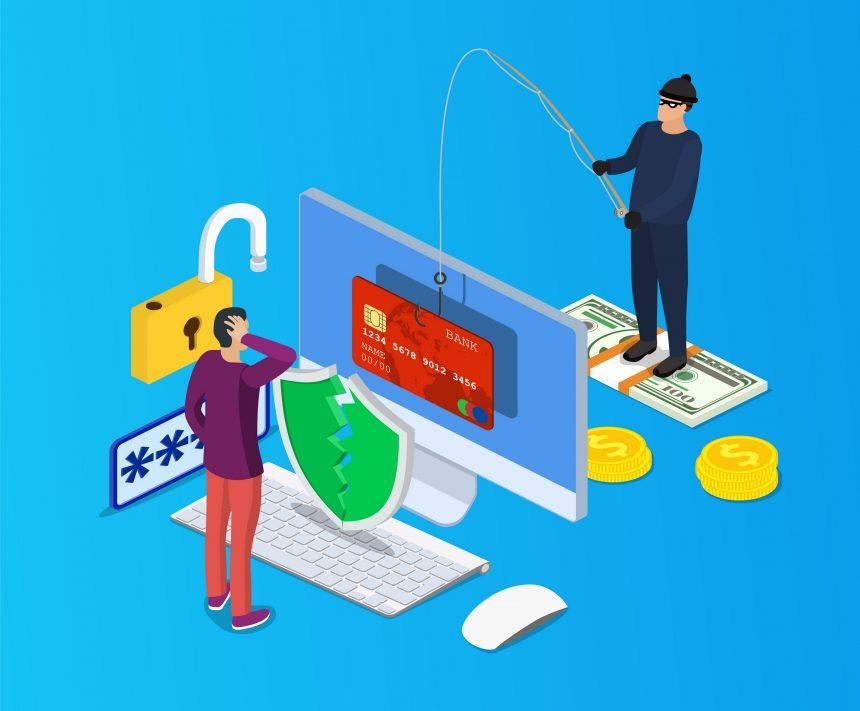Online scammers continue to devise new tactics to exploit unsuspecting individuals. One such emerging menace is the New Investor Email Scam, a sophisticated scheme designed to deceive recipients into divulging sensitive information or unwittingly installing malware onto their systems. This article aims to shed light on this insidious cyber threat, detailing its modus operandi, potential consequences, and providing a comprehensive removal guide along with preventative measures.
Understanding the New Investor Email Scam
The New Investor Email Scam operates under the guise of legitimate investment opportunities or financial ventures. Victims typically receive enticing emails purportedly from esteemed investment firms or wealthy individuals, promising lucrative returns on investments. These emails often contain persuasive language and persuasive narratives, aimed at convincing recipients to take immediate action.
Upon opening these deceptive emails, recipients may encounter malicious attachments or links disguised as investment portfolios, financial reports, or registration forms. Clicking on these attachments or links can trigger the installation of malware onto the victim’s device, compromising its security and potentially granting unauthorized access to sensitive information.
Actions and Consequences of the Malware Associated with the New Investor Email Scam
Once installed, the malware associated with the New Investor Email Scam can wreak havoc on the victim’s system and personal data. Common consequences include:
- Data Theft: The malware may harvest sensitive information such as financial credentials, personal identification details, and other confidential data stored on the victim’s device.
- Financial Loss: Scammers may exploit access to financial accounts or engage in fraudulent transactions, leading to significant monetary losses for the victim.
- Identity Theft: Stolen personal information can be used to perpetrate identity theft, enabling criminals to assume the victim’s identity for fraudulent purposes.
- System Compromise: The malware may compromise the security and functionality of the victim’s device, rendering it vulnerable to further exploitation or control by malicious actors.
Detection Names and Similar Threats
Detection names for the malware associated with the New Investor Email Scam may vary depending on the antivirus or security software used. However, common indicators include references to Trojan horses, phishing attempts, or malicious email attachments. Similar threats include:
- Phishing Attacks: These involve fraudulent attempts to obtain sensitive information by posing as trustworthy entities via email, phone calls, or text messages.
- Trojan Horses: Malicious programs disguised as legitimate software, capable of granting unauthorized access or causing harm to the victim’s system.
- Business Email Compromise (BEC): Scams targeting businesses or individuals to compromise email accounts for financial gain or data theft.
Removal Guide and Prevention Best Practices
Step 1: Disconnect from the Internet
- Immediately disconnect the infected device from the internet to prevent further communication with the attacker’s server.
Step 2: Enter Safe Mode
- Reboot the device and enter Safe Mode to limit the malware’s functionality and facilitate removal.
Step 3: Identify Malicious Processes
- Use Task Manager (Windows) or Activity Monitor (Mac) to identify and terminate any suspicious processes running on the system.
Step 4: Uninstall Suspicious Programs
- Navigate to the Control Panel (Windows) or Applications folder (Mac) to uninstall any recently installed suspicious programs or applications.
Step 5: Delete Temporary Files
- Clear temporary files and cache to remove any remnants of the malware from the system.
Step 6: Update Security Software
- Ensure that your antivirus or security software is up-to-date and perform a full system scan to detect and remove any remaining threats.
Step 7: Change Passwords
- Change passwords for all online accounts, especially those related to financial or sensitive information, to prevent unauthorized access.
Prevention Best Practices
- Exercise caution when opening email attachments or clicking on links, especially from unknown or suspicious senders.
- Verify the legitimacy of investment opportunities or financial offers through independent sources before taking any action.
- Keep software and operating systems updated with the latest security patches to mitigate vulnerabilities exploited by malware.
- Enable multi-factor authentication (MFA) for online accounts to add an extra layer of security against unauthorized access.
By following these removal steps and implementing preventative measures, individuals can safeguard themselves against the New Investor Email Scam and similar cyber threats, protecting their personal information and financial assets from exploitation.





